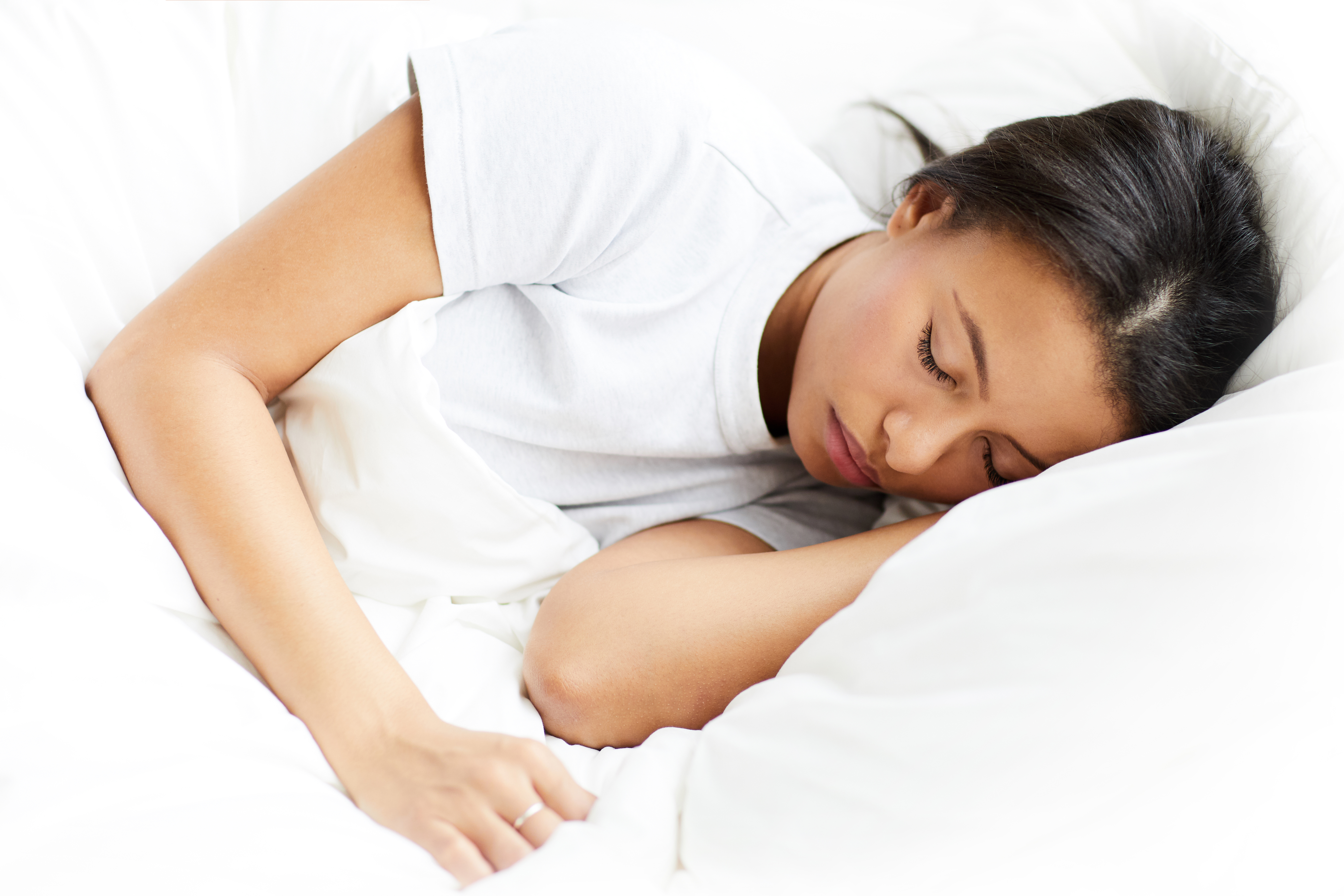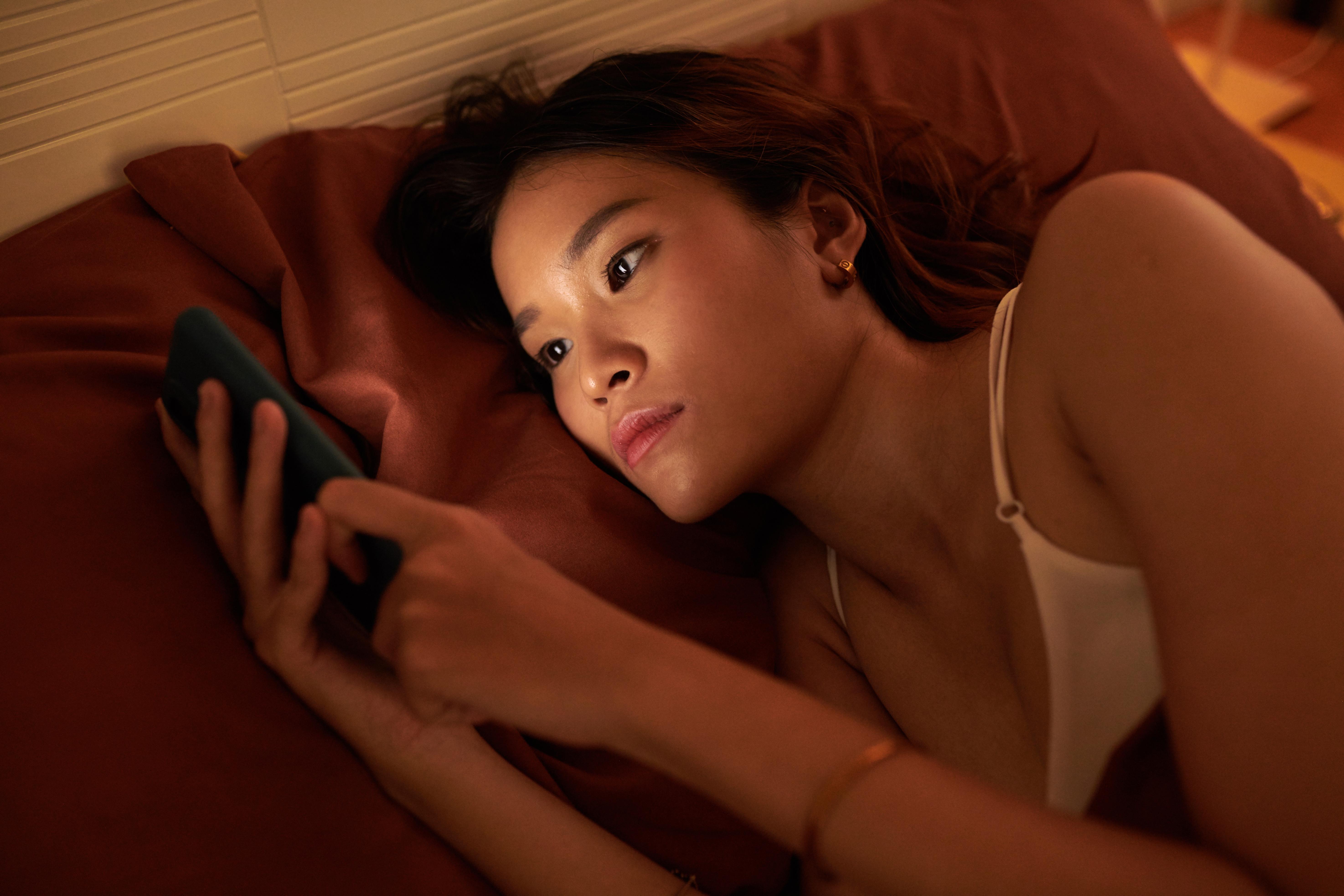Micro-Awakenings: The Hidden Sleep Disruptions Secretly Stealing Your Rest
3. Common Triggers: What Causes Micro-Awakenings?

Several factors can trigger micro-awakenings, ranging from environmental disturbances to physiological conditions. External factors such as noise, light, and temperature changes can cause brief arousals. Internally, conditions like sleep apnea, restless leg syndrome, and even stress or anxiety can lead to frequent micro-awakenings. Additionally, lifestyle choices, such as caffeine or alcohol consumption close to bedtime, can exacerbate these disruptions. Understanding the specific triggers for micro-awakenings is crucial for developing effective strategies to minimize their occurrence and improve overall sleep quality.
4. The Impact of Technology and Modern Lifestyle

In our technology-driven world, the pervasive use of electronic devices is a significant contributor to sleep disturbances, including micro-awakenings. The blue light emitted by screens can interfere with the body's natural circadian rhythm, delaying the release of melatonin, the hormone responsible for sleep regulation. Moreover, the constant connectivity and the pressure to remain available can lead to increased stress and anxiety, further exacerbating sleep disruptions. By recognizing the impact of technology and making conscious lifestyle adjustments, such as establishing tech-free zones or implementing a digital curfew, individuals can reduce the likelihood of micro-awakenings.
